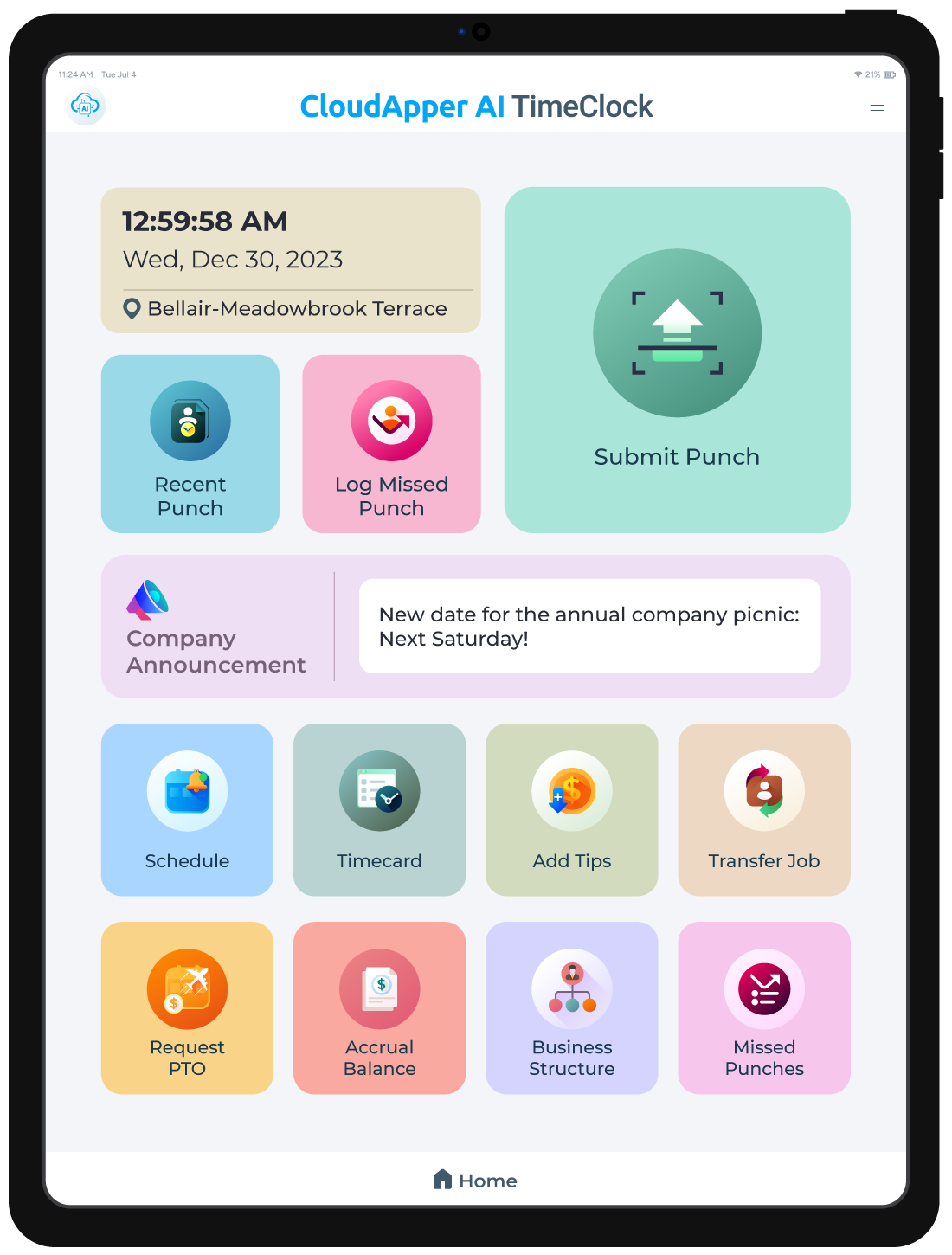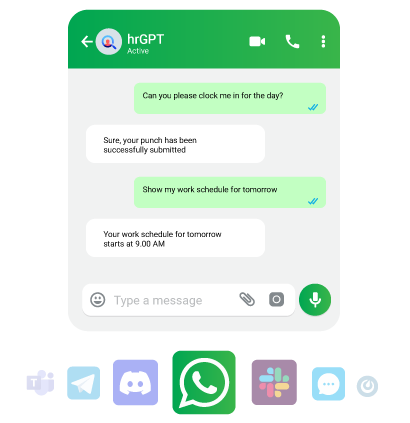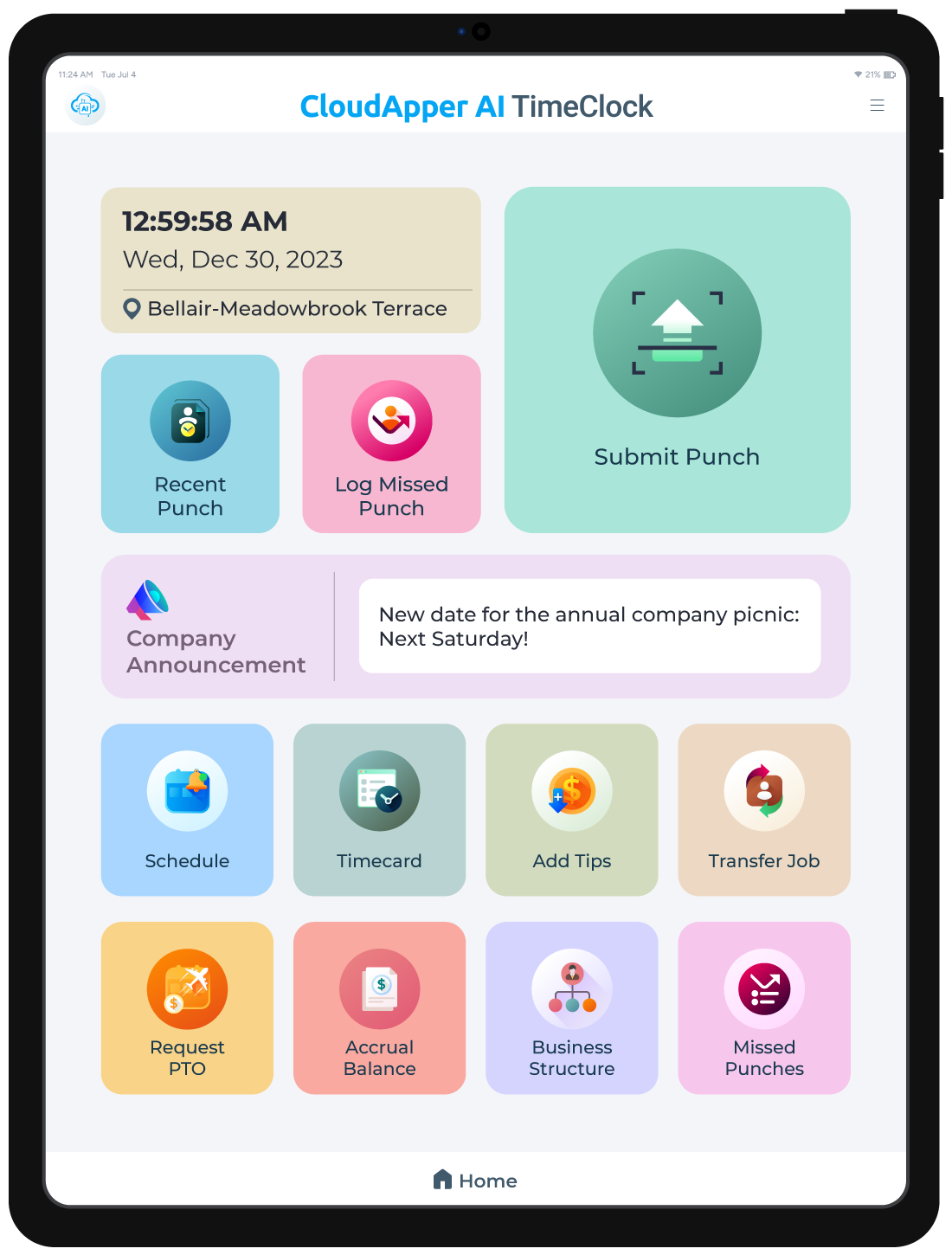The Top 15 Reasons To Use Biometric Technology in Workforce Management And Retail Point Of Sale – Reason #3 – Loss Prevention
Leading up to our participation in the National Retail Federation’s 2011 “Retail’s Big Show” from January 9 – 12 in New York city, M2SYS Technology is publishing a blog series on the top 15 reasons that biometrics is a smart choice for retail organizations to consider as an authentication technology in workforce management and retail point of sale applications.

Attending the show? Visit M2SYS at booth #156 to enter to won a brand new 3G Kindle Reader with Wifi!
Reason #3 – Loss Prevention
Employee’s Are Stealing From Your Business
Back in September we wrote about the ways that biometric technology is beneficial for the retail point of service (POS) environment. In that blog post, we discussed three practical applications of the technology to help solve problems inherent in a POS environment. Today, we want to focus on one of those applications in particular – how biometrics can bolster a loss prevention policy.
Like it or not, employees steal from their employers. A lot. Consider these recent statistics about employee theft:
- 75% of all employees steal at least once, half of those steal repeatedly (U.S. Department of Commerce)
- One out of every three business failures is the direct result of employee theft (U.S. Department of Commerce)
- Employee dishonesty costs American business in excess of $50 billion annually (U.S. Department of Commerce)
- 65% of IT crime is traceable to insiders (National Retail Security Survey)
- 48% of merchandise losses are attributable to employees (National Retail Security Survey)
- 20% of every dollar earned by a U.S. company is lost to employee theft (American Society of Employers)
These statistics are alarming and truly shed a light on just how critical a bulletproof loss prevention program is and how a successful program can bolster profits for a business’s bottom line.
What Do You Do?
There are many methods to incorporating a loss prevention program that prevents or drastically reduces employee theft. Conventional programs rely on technology such as security cameras, barcode swipe cards or personal identification numbers (PINs) for inventory management and transactional purposes but there are holes in these loss prevention measures that render them less than acceptable as a solution. For example, if you own a restaurant and have issued a barcode scanning ID card to each of your employees that grants access levels to your computer system or areas within the store, you are taking a role based security approach to your loss prevention strategy.
Role based security measures prevent employees from executing manager level transactions when they aren’t authorized. One of the problems with this strategy is – what happens when the manager is busy and the customer is in a hurry? Do you sacrifice service and security integrity by allowing the employee to temporarily borrow the manager’s card, perform the transaction and then return it to the manager when they are finished? How would you know if the employee didn’t take advantage of having the manager’s barcode ID card and enter in fraudulent returns or sales to steal money? Conventional approaches to loss prevention are less than airtight and can sometimes do a poor job of preventing the root causes of employee theft which drastically eats away at profits.
How Is Biometric Technology Different As Part Of A Loss Prevention Strategy?
As we discussed in our recent posting on how biometrics increases employee productivity, adopting biometric technology in a retail POS environment eliminates the need for logon ID’s and passwords. An employee can’t borrow a swipe card or a PIN to perform a transaction or task that is above their permission level because a manager must be physically present to offer their biometric authentication for the authorization to be completed.
Another great example to demonstrate the prominence of biometric technology is in the area of access control. Many businesses address the need to establish an access control system for authorized areas by simply locking a door or installing a swipe card reader that releases a door strike when a barcode card is swiped or a PIN number is entered. The problem with this approach is that someone can steal a key or PIN to gain access to the authorized area. If a biometric access control device were installed, then it would be impossible to gain access to the authorized area unless a person who had security clearance was physically present to open the door.
Consider Biometric Technology When Researching Loss Prevention Measures
Obviously, biometrics alone is not the sole answer to the question of how to create an effective loss prevention program. You must also follow other best practices such as carefully screening employees before hire, instituting and communicating a zero tolerance policy for employee theft, offering incentives and rewards for alerting management to employees engaging in unscrupulous behavior, etc. Biometric technology is not the means to the end of employee theft, but rather part of an overall strategy to curtail it to the best of your ability along with other preventative measures.
If you are just starting a business or perhaps you have been in business for years but are reassessing your loss prevention policy, please research biometric technology as an option. You can always contact us if you have questions, need additional examples or are curious about pricing on how biometrics can be a smart solution for enhancing any loss prevention program.
What additional loss prevention policies have you found to be most effective? How have you caught your employees stealing from your company? Please share your stories and leave a comment.










Pingback: The Top 15 Reasons To Use Biometric Technology In Workforce Management And Retail Point Of Sale – Reason #13 – PCI Compliance « M2SYS Blog On Biometric Technology
Pingback: The Top 15 Reasons To Use Biometric Technology In Workforce Management And Retail Point Of Sale – Reason #5 – “Going Green” « M2SYS Blog On Biometric Technology
Pingback: The Top 15 Reasons To Use Biometric Technology in Workforce Management And Retail Point Of Sale – Reason #4 – Accountability « M2SYS Blog On Biometric Technology
Pingback: The Top 15 Reasons To Use Biometric Technology In Workforce Management And Retail Point Of Sale – Reason #12 – Increase Speed « M2SYS Blog On Biometric Technology
Pingback: The Top 15 Reasons To Use Biometric Technology In Workforce Management And Retail Point Of Sale – Reason #10 – Boost Operational Efficiency « M2SYS Blog On Biometric Technology
Pingback: The Top 15 Reasons To Use Biometric Technology In Workforce Management And Retail Point Of Sale – Reason #8 – Airtight Access Control « M2SYS Blog On Biometric Technology
Pingback: The Top 15 Reasons To Use Biometric Technology In Workforce Management And Retail Point Of Sale – Reason #7 – Achieve Higher Return On Investment « M2SYS Blog On Biometric Technology
Pingback: The Top 15 Reasons To Use Biometric Technology In Workforce Management And Retail Point Of Sale – Reason #6 – Build Customer Loyalty « M2SYS Blog On Biometric Technology
Pingback: The Top 15 Reasons To Use Biometric Technology In Workforce Management And Retail Point Of Sale – Reason #14 – Lower Costs « M2SYS Blog On Biometric Technology
Pingback: Retail Technology for Inventory Management, Customer Data Protection, Mobile Market & Lowering Shrink - #biometricchat - December 1, 11 a.m. - 12 p.m. EST - M2SYS Blog On Biometric Technology
Pingback: The Top 15 Reasons To Use Biometric Technology In Workforce Management And Retail Point Of Sale - Reason #9 - Role Based Security - M2SYS Blog On Biometric Technology